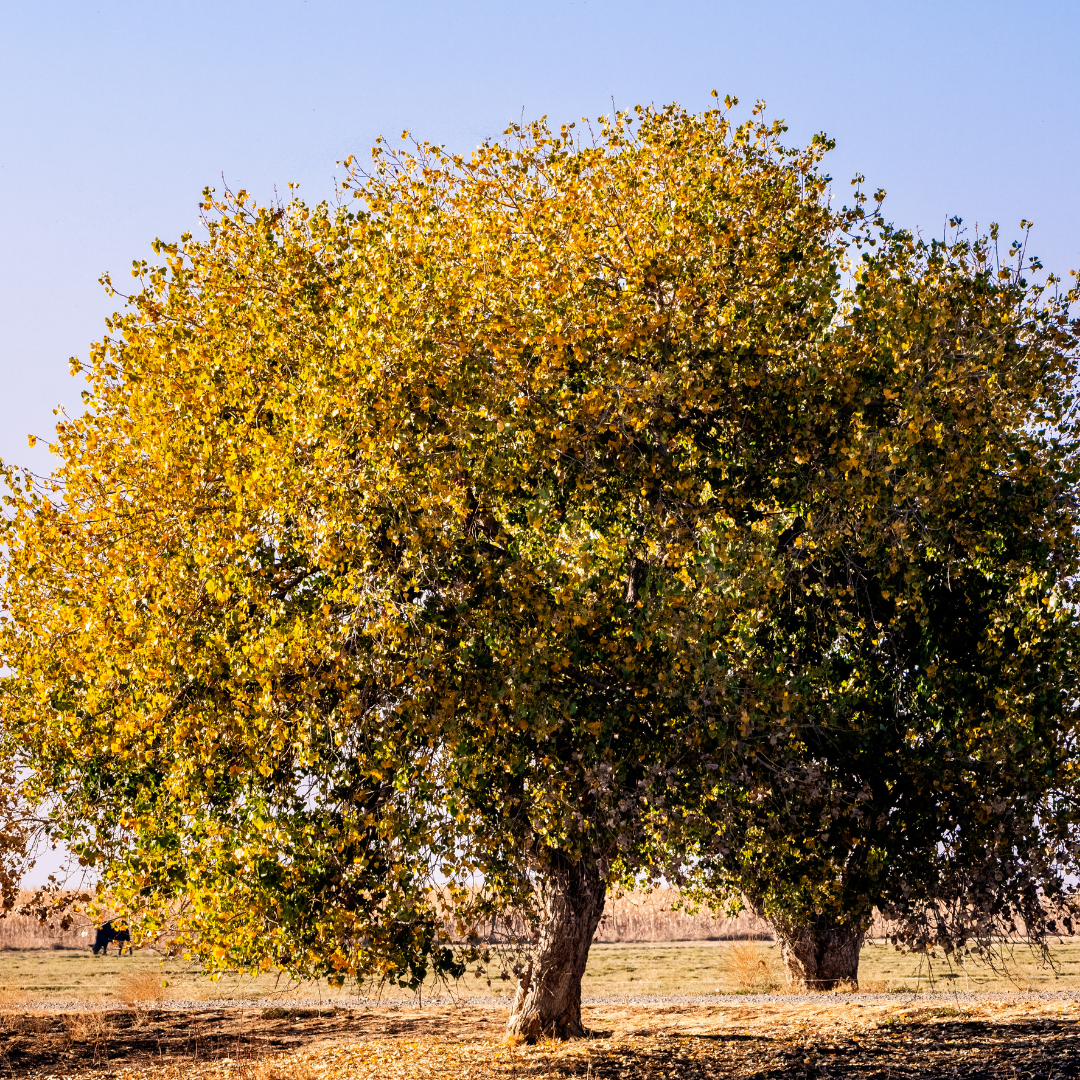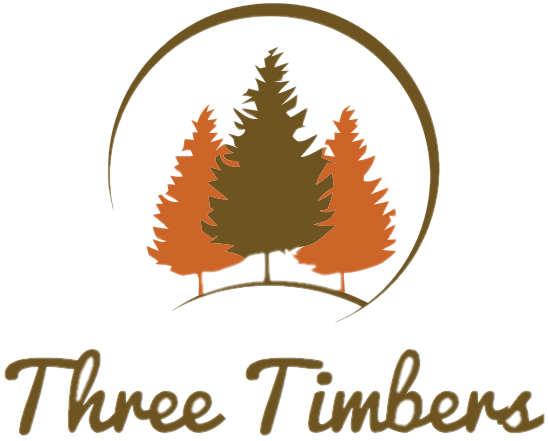My Store
Cottonwood
Cottonwood
Couldn't load pickup availability
Plant Type: tree
Plant Height: 40-100 feet
Spread: 30-50 feet
Flower Color:
Sun Exposure: Full Sun
Description:
Fremont Cottonwood is a member of the willow family and is closely related to other poplars. It's particularly known for its presence in riparian zones, such as along streams, rivers, and other wetland areas in the American West.
One of the most noticeable features of the Fremont Cottonwood is its large, heart-shaped, or triangular leaves. These leaves flutter distinctively even in light breezes, creating a pleasant rustling sound. In the fall, the foliage turns a bright yellow, offering a beautiful display of color.
This tree is also known for its reproductive strategy, especially in late spring or early summer when the female trees produce small, cotton-like seeds. This characteristic "cotton" can be quite abundant, covering the surrounding ground and aiding in seed dispersal.
Fremont Cottonwood trees have a broad, open canopy that provides significant shade, making them a valuable addition to parks and natural landscapes. Their stout trunks and thick, deeply furrowed bark add to their visual interest.
These trees prefer moist, well-drained soils and are commonly found near water sources. They are well-adapted to their native environments and can tolerate conditions such as periodic flooding. However, due to their large size and extensive root systems, they can be challenging to manage in urban settings and may cause issues with underground utilities or pavement.
Fremont Cottonwoods play a crucial ecological role in their native habitats, offering shelter and food for a variety of wildlife. They are also important for stabilizing riverbanks and supporting the overall health of riparian ecosystems.
Overall, Fremont Cottonwoods are valued for their rapid growth, large shade-providing canopy, and ecological importance. Their adaptability to wet environments and the visual appeal of their foliage make them a notable feature in Western landscapes.
Three Timbers Installation Guide (Feel Free to Follow): Cottonwood
Planting Guide:
- Location: Full sun (at least 6 hours of direct sunlight daily for optimal growth)
- Soil: Well-drained, slightly sandy to loamy soil (slightly acidic to neutral soil preferred)
- Spacing: Space trees 20-30 feet apart, as Cottonwood trees can grow large with wide canopies
- Planting Depth: Plant at the same depth as the root ball, ensuring the top of the root ball is level with the surrounding soil surface
- Support: Cottonwood is a large tree that does not require staking, but young trees may need occasional support until they are more established
Watering Guide:
Watering After Planting:
- Initial Watering: Water thoroughly immediately after planting to saturate the root ball and surrounding soil
- Frequency: Water every 3-4 days for the first 2-3 weeks to help establish the root system
- Watering Amount: Provide 2-3 inches of water per session for deep watering
When is the Plant Established?
- Timeframe: Cottonwood is considered established after 6-8 months when the roots have spread into the surrounding soil
Watering Once Established:
- Summer: Water every 14-21 days during the hotter months. If temperatures exceed 100°F, increase watering to every 10-14 days. Provide 3-4 inches of water per session.
- Winter: Water every 4-6 weeks during the cooler months, depending on rainfall.
Drip Irrigation Setup:
- Placement of Emitters: Place the drip emitters 24-36 inches away from the base of the tree to ensure deep watering of the root zone
- Flow Rate: Use emitters with a flow rate of 4-6 gallons per hour
- Number of Emitters: 2-3 emitters per tree for even water distribution
- Adjusting Frequency: In the summer, increase watering to every 10-14 days. In winter, reduce to every 4-6 weeks
Share












